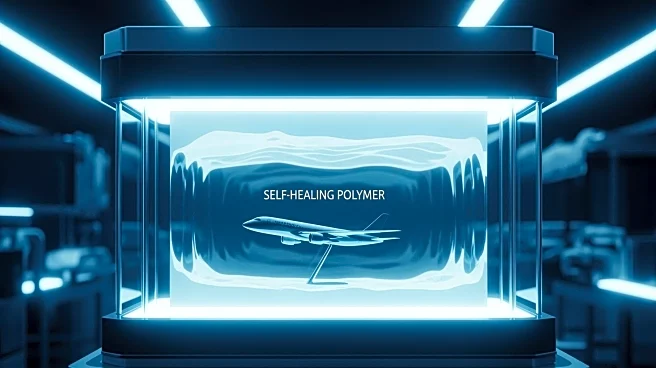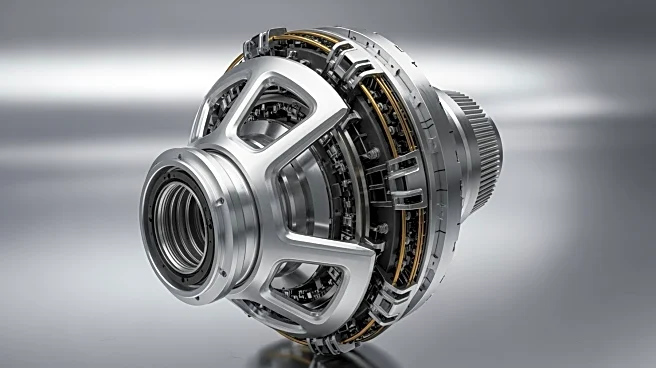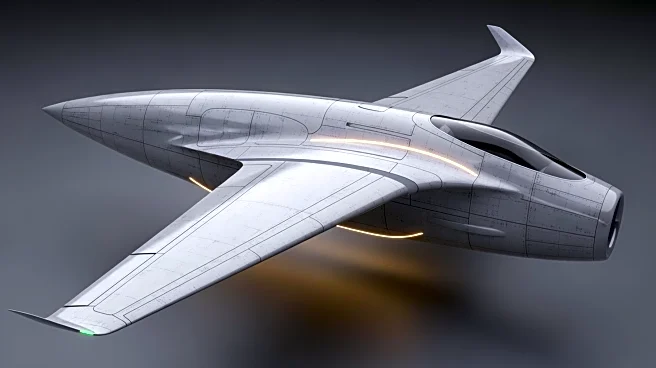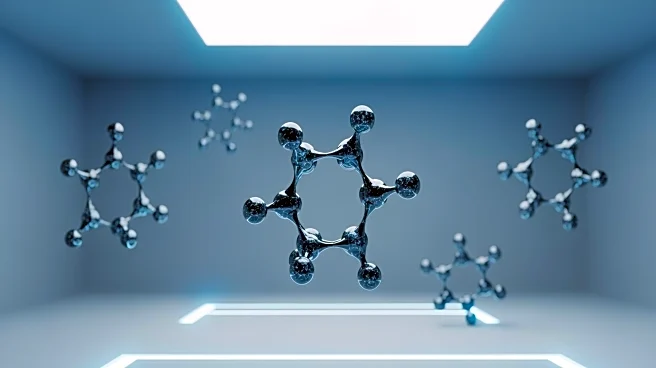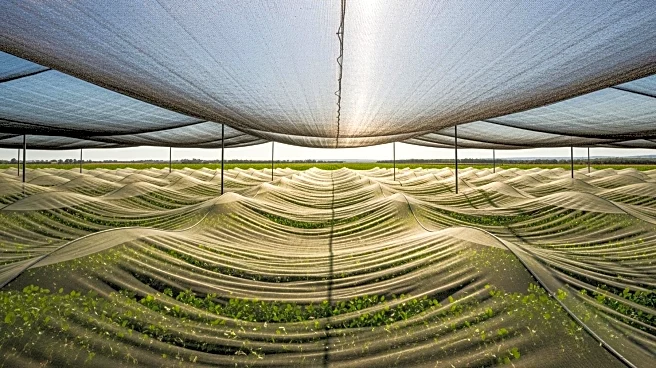What's Happening?
The market for self-healing polymers in aerospace is projected to grow at a compound annual growth rate (CAGR) of 13.3% by 2031, reaching a market size of USD 420 million. These polymers are designed to autonomously
repair microfaults and other damages in polymer matrices used in aerospace applications, enhancing safety, reducing maintenance frequency, and lowering life-cycle costs. The market is currently valued at USD 176 million in 2024, with significant demand expected from commercial aviation, defense, and space sectors. Key players in this market include Autonomic Materials Inc, Arkema, and Evonik Industries AG. The technology is advancing through academic breakthroughs and industry partnerships, with significant developments in thermoplastic composites and self-healing chemistries.
Why It's Important?
The growth of self-healing polymers in aerospace is significant as it addresses critical industry needs for enhanced durability and reduced maintenance costs. These materials offer increased safety margins and improved damage tolerance, which are crucial for both commercial and defense aerospace sectors. The adoption of these polymers can lead to longer service intervals and reduced downtime, providing economic benefits to airlines and defense contractors. The technology also represents a shift towards more sustainable materials in aerospace, potentially reducing the environmental impact of aircraft maintenance and repair.
What's Next?
The next steps for the self-healing polymers market include further integration with fiber-reinforced composites and surface coatings, where the benefits are most pronounced. The industry is expected to see near-term commercialization in secondary structures, coatings, and maintenance, repair, and overhaul (MRO) systems. However, full certification for primary structural applications remains a multi-step process. The Asia Pacific region, with its growing aerospace industry, is likely to be a key area for adoption and innovation, driven by local manufacturing capabilities and government incentives.
Beyond the Headlines
The development of self-healing polymers in aerospace also raises questions about the long-term durability and certification processes required for these materials. The integration of self-healing chemistries with existing manufacturing processes poses challenges, as does ensuring consistent performance under operational conditions. Additionally, the cost of these advanced materials may be a barrier to widespread adoption, necessitating partnerships between chemical suppliers, composite manufacturers, and aerospace integrators to achieve economies of scale.
